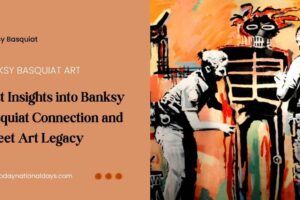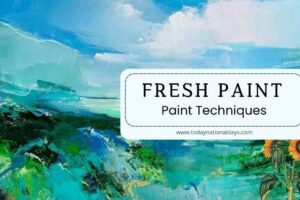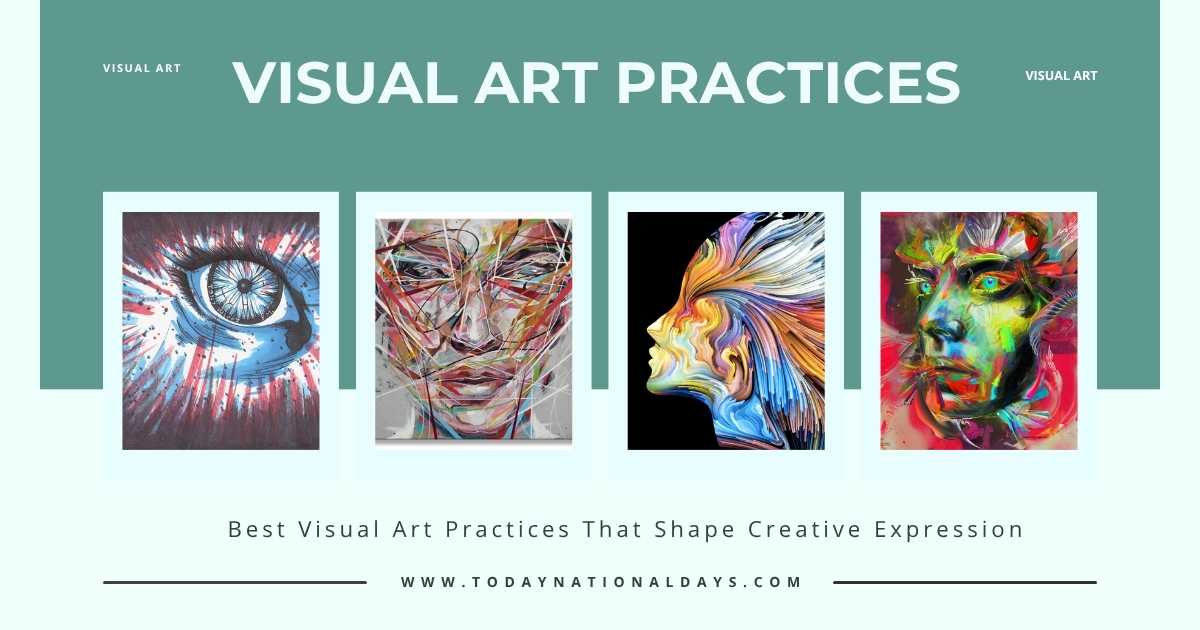
Visual art plays a central role in how individuals interpret, reflect, and communicate ideas across generations. Whether crafted through painting, photography, sculpture, or digital media, visual art bridges personal imagination with cultural commentary. In the USA, the demand for authentic visual narratives has grown in schools, galleries, homes, and commercial spaces alike, making this field increasingly relevant and valuable in both educational and professional sectors.
From ancient cave drawings to immersive virtual installations, visual art captures emotional depth and social insight with more permanence than spoken words. This blog provides in-depth knowledge for artists, students, collectors, and creative professionals seeking reliable guidance on art forms, mediums, influences, and practical applications of visual art across different settings.
Top Forms of Visual Art Explained for Modern Creators
Visual art includes a wide spectrum of artistic disciplines. While the definition continues to expand with technology and social influence, its traditional and emerging formats remain foundational to artistic communication. Here’s a breakdown of the primary categories shaping the visual landscape.
- Painting
Possibly the most recognized form, painting uses pigments and various surfaces (canvas, wood, fabric). Techniques include oil, watercolor, acrylic, gouache, and fresco. Each medium offers unique drying times, blending potential, and textures. - Drawing
Drawing is the backbone of visual planning. Artists use pencils, charcoal, pastels, or ink to sketch, shade, or outline concepts. It serves both as an independent art form and a preparatory phase for sculpture or painting. - Photography
Photography combines technology with composition. Fine art photographers use lighting, framing, and timing to create stories or highlight specific themes like social justice, identity, or urban life. - Sculpture
A three-dimensional medium, sculpture utilizes clay, bronze, wood, or modern materials like plastic or wire. Artists manipulate shape and form to create either representational or abstract interpretations. - Digital Art
With the rise of tablets and software like Procreate, Adobe Illustrator, and Blender, digital art now competes with traditional forms. It spans vector design, 3D modeling, concept art, and more. - Printmaking
This includes methods such as etching, screen printing, lithography, and monotypes. It allows multiple reproductions while maintaining uniqueness due to inking variations.
Artists often blend multiple forms, creating hybrid experiences that challenge typical categorization. Regardless of medium, the goal remains: communicate something meaningful, memorable, and visually powerful.
Creative Influences That Define Visual Art Direction
Art is never created in isolation. Historical events, personal experiences, societal shifts, and evolving philosophies constantly influence artistic development. These creative drivers shape not just what artists produce but also how audiences interpret their work.
Cultural Heritage and Identity
Artists in Canada and the UK, for example, often embed heritage, folklore, or colonial history into their works. Visual storytelling rooted in tradition helps preserve native voices, rituals, and collective memory. In multicultural societies like Australia, visual artists weave together narratives that include indigenous patterns and modern migration stories.
Political Climate and Social Movements
Political unrest, economic change, and human rights issues give rise to visual commentary. From protest murals to conceptual installations in public spaces, visual art has long served as a medium for advocacy. Whether addressing gender roles, environmental crisis, or urban displacement, visual artists find compelling ways to represent pressing issues.
Technological Integration
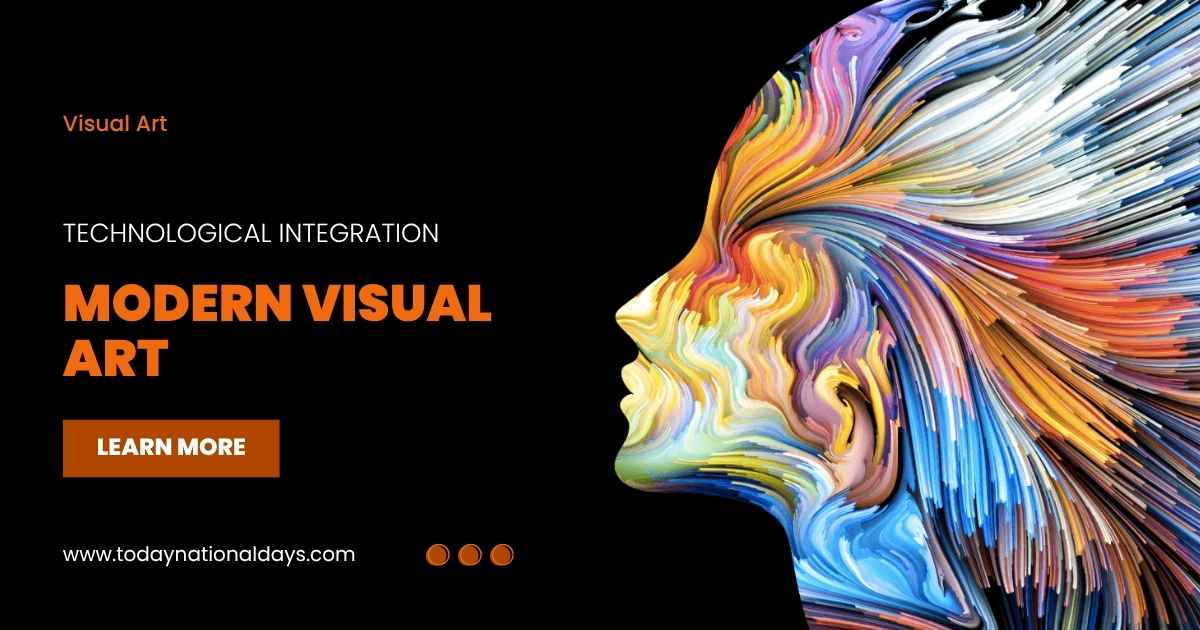
Modern visual artists are adopting tools like augmented reality (AR), NFTs, and digital projections to innovate their message. This intersection between art and tech not only broadens the audience but also provides artists with new surfaces and platforms to showcase their vision.
These influences result in works that are not just aesthetically impactful but also intellectually and emotionally rich. Audiences are invited to interpret layers of symbolism, historical context, and personal viewpoint through visual cues and composition.
Table: Comparison of Visual Art Mediums
| Art Form | Tools & Materials | Dimension | Common Purpose | Example Styles |
|---|---|---|---|---|
| Painting | Brushes, canvas, oil/acrylic | Two-dimensional | Expression, storytelling, decoration | Realism, Abstract |
| Drawing | Pencils, charcoal, pastels | Two-dimensional | Sketching, illustration, design plans | Sketches, Comics |
| Photography | Camera, lenses, lighting | Two-dimensional | Documentary, editorial, conceptual | Portrait, Street |
| Sculpture | Clay, metal, stone, wire | Three-dimensional | Memorials, public art, fine art | Figurative, Minimalist |
| Digital Art | Tablets, software, digital tools | Two-dimensional | Animation, marketing, web design | Vector, 3D renderings |
| Printmaking | Inking tools, screens, presses | Two-dimensional | Mass reproduction, uniqueness | Linocut, Silkscreen |
Best Career Paths That Begin with Visual Art Expertise
Visual art is not limited to gallery walls. It builds foundational skills that are applicable across creative industries. For those considering a career in art, here are the top pathways that start with visual knowledge and lead to substantial opportunities.
- Art Direction and Branding
Professionals in this field lead visual identity projects for media, retail, and entertainment brands. They oversee how concepts come to life through ads, packaging, websites, or TV sets. - Graphic and Communication Design
Combining aesthetic sensitivity with strategy, graphic designers create logos, interfaces, editorial layouts, and advertisements. Visual artists with digital fluency thrive in this space. - Illustration and Concept Art
From publishing to game design, illustrators provide visuals for stories, manuals, films, and digital games. Strong drawing skills and creative imagination are key assets. - Fine Art and Gallery Representation
For those who pursue their own visual language, exhibiting and selling artworks via galleries or online platforms remains a viable path. Networking, originality, and persistence matter most here. - Art Therapy
Trained professionals use visual art as a therapeutic tool to help clients express emotion, deal with trauma, or build self-esteem. This niche blends creativity with psychology. - Teaching and Curriculum Design
Educators in the USA and Australia are building future generations of creative thinkers by developing engaging art programs and workshops. From public schools to art academies, this path is fulfilling and impactful.
Visual artists possess a rare blend of perception, discipline, and innovation—skills that remain relevant across evolving markets.
Visual Art and Its Role in Public Spaces and Everyday Life
Art doesn’t always reside in museums or exclusive circles. In many societies, especially urban centers in the USA and UK, visual art contributes to public awareness, collective identity, and mental well-being.
Murals and Street Installations
Cities often commission murals to represent local history, celebrate figures, or address current issues. These public artworks turn blank walls into narrative platforms and often attract tourism, civic pride, or social dialogue.
Commercial Art Integration
Restaurants, offices, and retail spaces increasingly invest in curated art displays. Original canvas pieces or wall-mounted prints are chosen to reflect brand tone, employee morale, or customer comfort.
Educational Environments
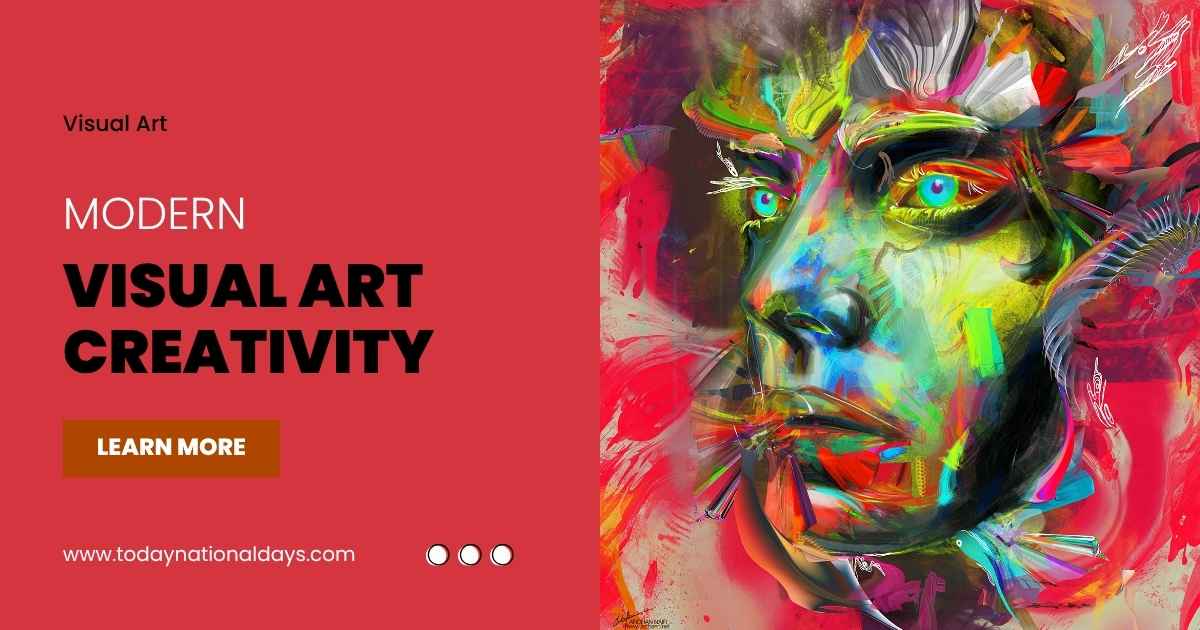
Schools now integrate visual art to encourage creativity, teamwork, and problem-solving. Creative visual elements are embedded into classroom walls, playgrounds, and libraries, making learning more immersive.
This public application of visual art increases its accessibility and influence, reminding us that creativity isn’t confined—it’s part of daily existence.
Final Thoughts on Practicing Visual Art with Purpose
It remains a fundamental expression of human experience—whether shaped by historical context, emotional states, or social environments. Artists in the USA and beyond use form, texture, and color to record time, provoke conversation, and build bridges between cultures.
As techniques evolve and new media gain acceptance, the essence of visual art holds steady: it’s about seeing differently, creating with intention, and communicating in ways words cannot. Whether you’re just starting or refining your style, staying rooted in curiosity and integrity will always keep your art relevant and true.
Frequently Asked Questions About Visual Art
Q1: Is visual art different from fine art?
Yes. Fine art is a subset of visual art focused on aesthetic and conceptual depth. Visual art also includes applied forms like graphic design or illustration.
Q2: Do I need formal training to become a visual artist?
Not necessarily. Many successful visual artists are self-taught. However, art schools offer structured learning, mentorship, and exposure to tools and critiques.
Q3: What’s the best medium for beginners?
Pencil drawing is a great starting point. It teaches composition, shading, and observation without needing expensive materials.
Q4: Can visual art be digital only?
Absolutely. Digital mediums are now considered legitimate forms of visual expression, used widely in film, web, advertising, and NFT markets.
Q5: How is visual art used in therapy?
Art therapists use drawing, painting, and sculpting to help clients express feelings, process trauma, and build confidence in non-verbal ways.




